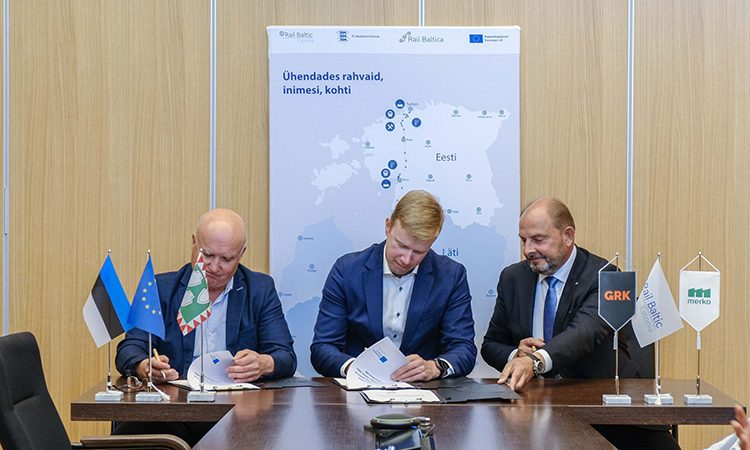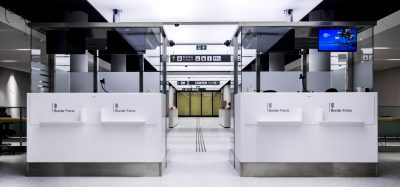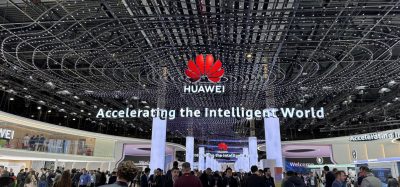Rail Baltic Estonia has announced that it has finalised a construction contract for a new segment of the Rail Baltica mainline in Harju County. The contract, valued at 59.87 million euros, has been awarded to a joint venture between Merko Ehitus Eesti AS and GRK Eesti AS. This contract covers the construction of a 10.5km stretch of the railway, extending from the settlement of Saku to the Harju-Rapla County border.
Anvar Salomets, Chairman of the Board of Rail Baltic Estonia, said: “We are steadily moving towards this year’s goal of having at least 70km of the Rail Baltica mainline in Estonia under construction or with contracts. The contract signed today for the construction of a 10.5km section will help us open a new construction front in Harju County with the help of experienced contractors, and soon the next sections in Harju County will also be under contract.”
Jaan Mäe, Chairman of the Board of Merko Ehitus Eesti, said: “Good co-operation is an essential prerequisite for the successful completion of any construction project. Constructive and prompt communication with the client, supportive and solution-oriented co-operation with partners and contractors – these are the foundations of success. A substantial and complex task lies ahead. I believe that the next four years will proceed in a fast-paced and collaborative manner.”
This contract is the fifth awarded in 2024 for the Rail Baltica project and the second for Harju County. The 10.54km section will include the construction of various infrastructure elements, such as the Kiisa ecoduct, Uus-Vääna and Vana-Vääna railway bridges, the Soo Road tunnel and the Koosi pedestrian tunnel. The section will also feature 1.8km of noise barriers and infrastructure related to the Saku stop and Kurtna station.
Construction on the mainline has already commenced in Rapla County, with several intersections currently under construction or completed. The new section is scheduled for completion by August 2028, within the 48-month timeframe stipulated in the contract.
Funding for the construction is provided in part by the Connecting Europe Facility, which covers up to 85% of the project’s costs.










